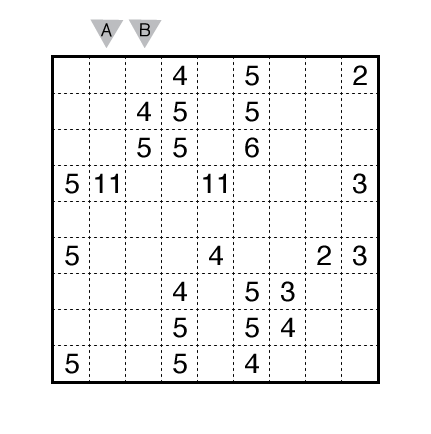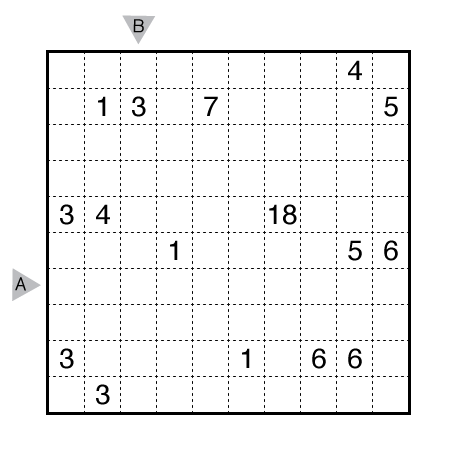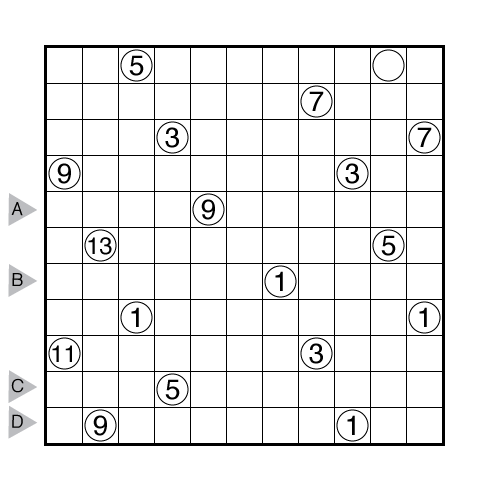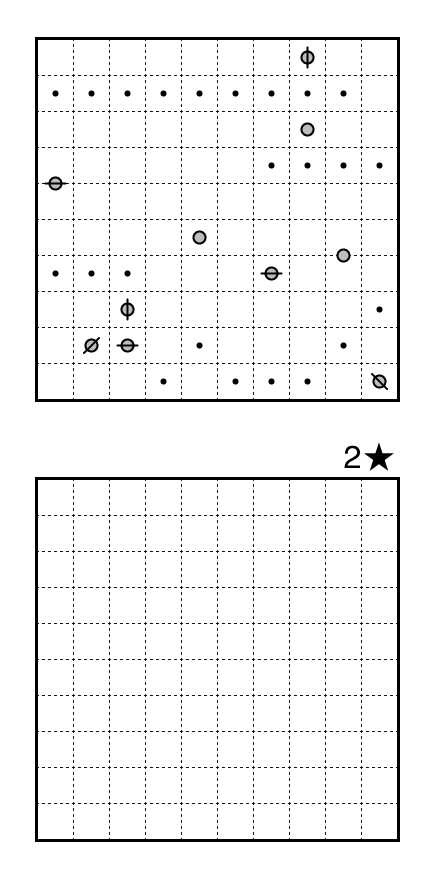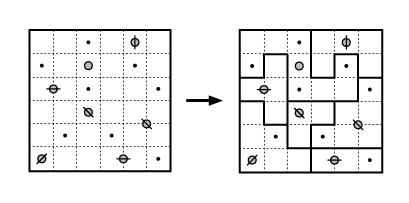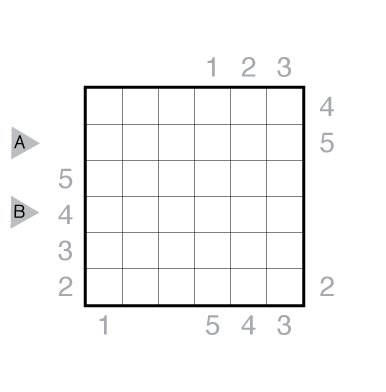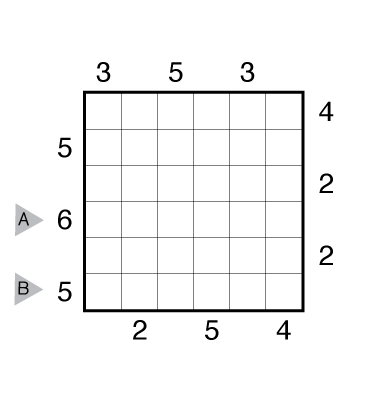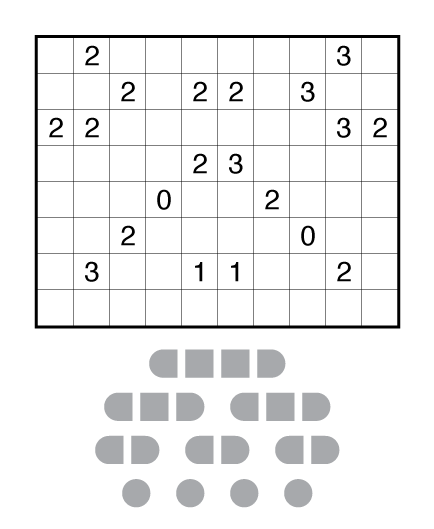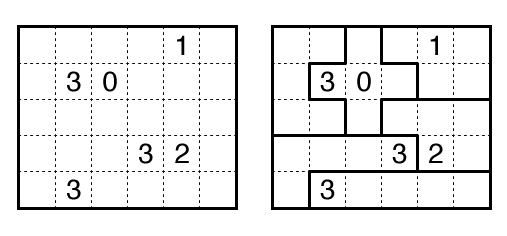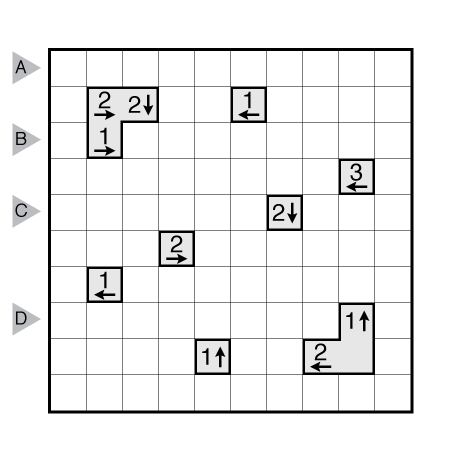Fillomino (Non-consecutive) by Murat Can Tonta
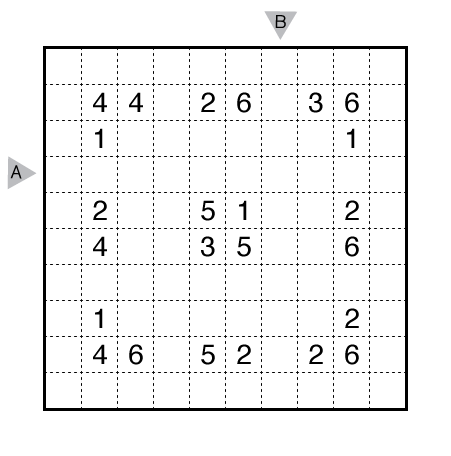
or solve online (using our beta test of Penpa-Edit tools; use tab to alternate between a composite mode for line/edge drawing and a number entry mode.)
Theme: 24 Dice
Author/Opus: This is the 154th puzzle from our contributing puzzlemaster Murat Can Tonta.
Rules: Variation of Fillomino rules. No two polyominoes with the same area, or with areas that differ by one, can share an edge.
Answer String: For each cell in the marked rows/columns, enter the area of the polyomino it belongs to. Enter just the last digit for any two-digit number. Start with the 4th row, followed by a comma, followed by the 7th column.
Time Standards (highlight to view): Grandmaster = 4:45, Master = 6:30, Expert = 13:00
Solution: PDF; a solution video is also available here.
Note: Follow this link for other classic Fillomino and this link for more variations on Fillomino puzzles. If you are new to this puzzle type, here are our easiest Fillomino puzzles to get started on. More Fillomino puzzles can be found in The Art of Puzzles, in Fill o’ Fillomino and Fill o’ Fillomino 2 by Grant Fikes, and in our beginner-friendly book Logic Puzzles 101.

